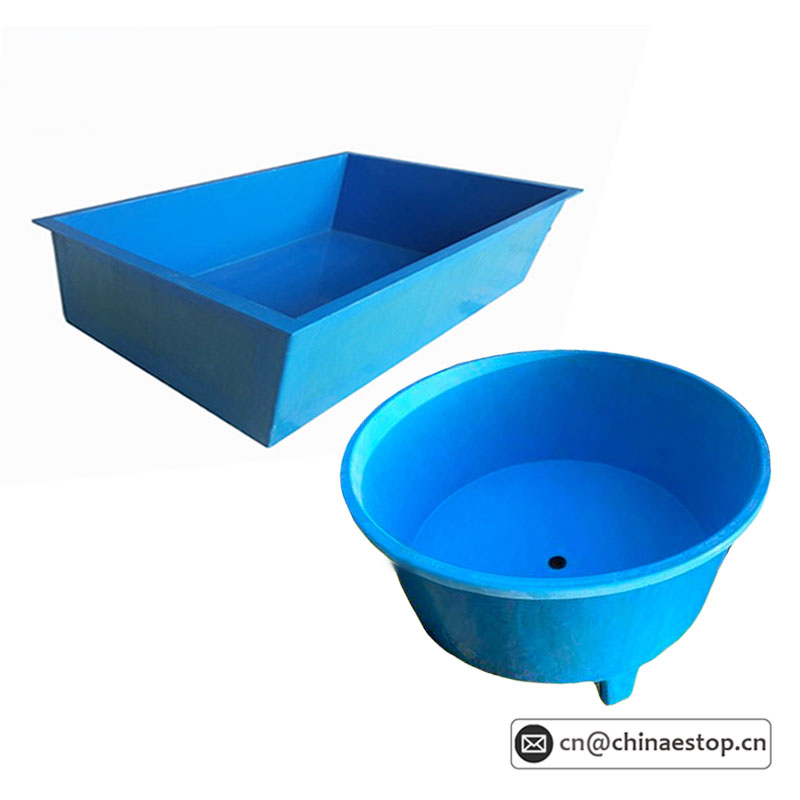How Durable Is a Fiberglass (FRP) Fish Tank
Fiberglass Reinforced Plastic (FRP) fish tanks are among the most durable solutions available for modern aquaculture, designed to withstand demanding conditions in commercial fish farming, hatcheries, and recirculating aquaculture systems (RAS).
What Makes FRP So Durable?
The exceptional durability of fiberglass tanks comes from their composite structure. They are made by combining two materials:
-
Glass Fibers: Provide incredible tensile strength (resistance to breaking under tension).
-
Polymer Resin: Acts as a tough, protective matrix that binds the fibers together, offering resistance to corrosion, impact, and weathering.
This combination creates a material that is stronger than many metals by weight and far more resilient than plastic or concrete in specific applications.
Detailed look at their durability
(How Durable Is a Fiberglass (FRP) Fish Tank).
✅ 1. Long Service Life: 25–40+ Years
With proper installation and maintenance, high-quality FRP fish tanks can last over 30 years—significantly longer than plastic (10–20 years) or concrete (15–25 years). Their resistance to environmental stress ensures reliable performance across decades of operation.
✅ 2. Exceptional Resistance to Corrosion
Unlike metal tanks that rust or concrete tanks that degrade in saltwater, FRP is inherently corrosion-resistant. This makes it ideal for:
- Saltwater farming (e.g., sea bass, cobia, shrimp)
- Coastal environments with high humidity and saline air
- Frequent cleaning with disinfectants and chemicals
✅ 3. UV and Weather Resistance
FRP tanks are manufactured with UV-stabilized gel coats that protect against sun damage. They resist fading, chalking, and surface degradation—even under prolonged exposure to direct sunlight—making them perfect for outdoor fish farms in tropical or arid climates.
✅ 4. High Strength-to-Weight Ratio
Despite being lightweight, FRP offers excellent structural strength. It can handle:
- Full water loads without deformation
- Impact from equipment or handling
- Ground movement (unlike brittle concrete)
The composite structure—layers of glass fiber and resin—distributes stress evenly, preventing cracks and leaks.
✅ 5. Non-Porous & Crack-Resistant
The seamless construction of FRP tanks eliminates joints and weak points where cracks can start. The smooth gel-coated surface resists:
- Microbial growth
- Algae buildup
- Water penetration
This ensures long-term integrity and hygiene.
✅ 6. Temperature and Thermal Stability
FRP performs well across a wide temperature range (typically -20°C to +80°C), making it suitable for both cold-water (e.g., trout, salmon) and warm-water (e.g., tilapia, catfish) farming. While not a natural insulator like concrete, FRP tanks can be paired with insulation for temperature control.

Inquiry please contact:
Email : cn@chinaestop.cn
Whatsapp✆:+86 15350598856
Web: www.chinaestop.cn
————————————————————————————————————————
“ Wish to be your best partner in China! Welcome to visit our company”
